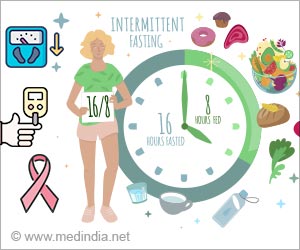Cheese was first made 7,000 years ago by pre-historic man using perforated clay pots as strainers, say scientists.

Scientists have long speculated that pierced potsherds discovered at Neolithic-era sites around northern Europe may be from cheese strainers.
An international team said Wednesday they found proof for this theory from chemical analysis of fatty acid deposits on unglazed pottery pieces excavated in Poland, dating from about 7,000 years ago.
"The presence of abundant milk fat in these specialised vessels, comparable in form to modern cheese strainers, provides compelling evidence for the vessels having been used to separate fat-rich milk curds from the lactose-containing whey," the researchers wrote.
Early farmers would have been lactose intolerant, lacking the genetic mutation we have since acquired to digest milk products long after being weaned off the breast.
Intolerance to lactose, a sugar found in calcium-rich milk, can cause bloating, stomach cramps and diarrhoea, and still afflicts a minority of people today.
Advertisement
The exact origins of cheese-making remain unknown.
Advertisement
They also showed for the first time that people of the era were using different types of pottery for different purposes: as cheese strainers, cooking pots for meat, and bottles waterproofed with beeswax for storing water.
Cheese-making is a complicated process, involving the coagulation of milk using enzymes or acid to separate the semi-solid curd containing the protein and milk fats from the lactose-containing, liquid whey.
Today's straining process has remained pretty much unchanged, though we now typically use a course textile or sieve instead of a perforated pot.
Source-AFP









